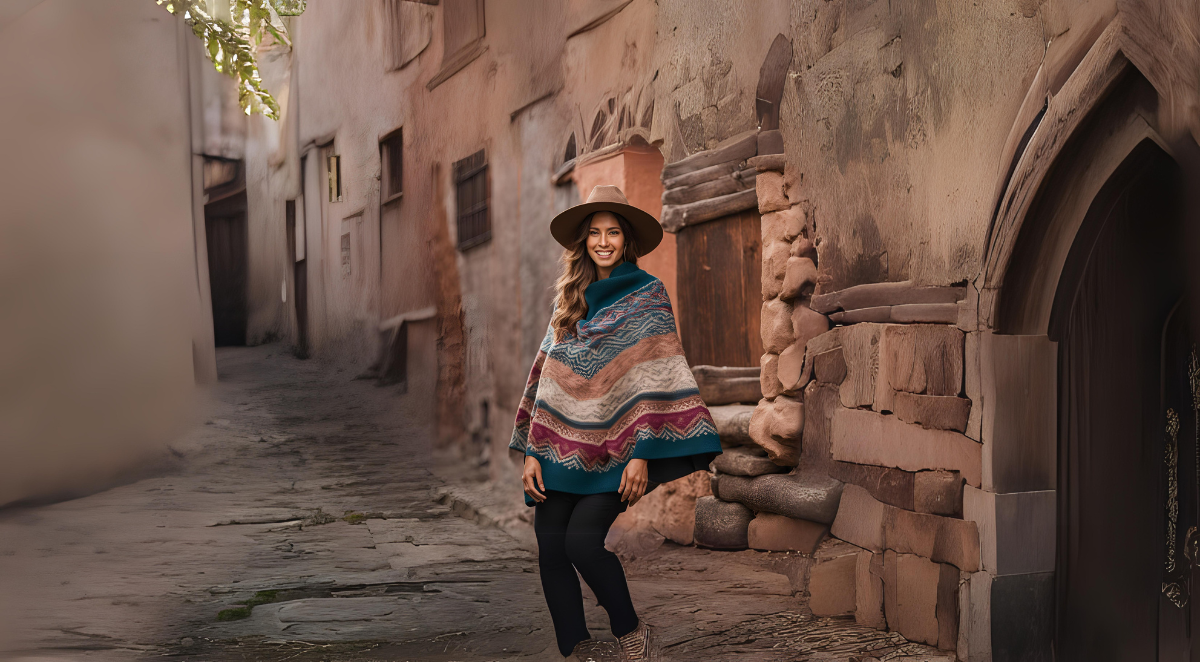RECETAS
Alpaca Textiles: The Living Art of Andean Culture
Alpaca fiber has been essential to the lives of Andean peoples since ancient times. In Cusco, this textile heritage lives on thanks to artisan communities that transform tradition into unique garments. Among the most notable are Manos Andinas, Kusi Ccoyllo, Pacha Illariy, and Chaskas, who combine traditional techniques with sustainable practices to offer high-quality pieces with deep cultural value.
In this article, you will discover the benefits of alpaca and baby alpaca fiber, how to identify authentic products, and how these communities preserve their identity through textile art.
Benefits of Alpaca and Baby Alpaca Fiber
- Hypoallergenic: Unlike sheep’s wool, it does not contain lanolin, making it ideal for people with sensitive skin.
- Natural thermoregulation: Provides warmth in cold climates and coolness in hot climates, perfect for all seasons.
- High durability: Its fibers are resistant, allowing garments to retain their shape and softness over time.
- Sustainable option: Alpacas have a low environmental impact, as their grazing method does not harm Andean ecosystems.
Essential Characteristics of Alpaca Textiles
- Alpaca vs. Baby Alpaca: Baby alpaca comes from the first shearing of young specimens, standing out for its exceptional softness. Regular alpaca is firmer, but equally warm and durable.
- Artisanal Weaving: Each garment is handmade using techniques such as the backstrap loom, which adds a unique cultural value.
- Product Diversity: Communities offer ponchos, sweaters, hats, scarves, and dresses, reflecting the textile richness of the Andes.
How to Choose Quality Alpaca Textiles
- Certification of Origin: Look for labels that guarantee the product comes from authentic artisan communities.
- Texture and Softness: Baby alpaca should feel light and extremely soft to the touch; Regular alpaca, firmer but more comfortable.
- Responsible Suppliers: Choose products from Manos Andinas, Kusi Ccoyllo, Pacha Illariy, and Chaskas, who work with sustainable practices and fair trade.
Featured Artisan Communities of Cusco
- Manos Andinas: Specialists in sweaters, ponchos, and scarves, dyed with natural, plant-based colors, reflecting their commitment to the environment.
- Kusi Ccoyllo: Known for their woven dresses and hats made with ancestral techniques, ideal for those seeking authenticity and style.
- Pacha Illariy: A community focused on ponchos and Alpaca shawls, where weavers are protagonists of female empowerment.
- Chaskas: They offer baby alpaca hats and scarves, fusing traditional designs with modern elements for conscious fashion.
How to Incorporate Alpaca into Your Daily Style
- Winter Wear: A baby alpaca sweater offers you warmth without weight, and a scarf can complement your look with functional elegance.
- Versatile Style: Alpaca ponchos and scarves can be worn in all seasons, adapting to both casual and formal styles.
- Conscious Fashion: By choosing community-sourced alpaca or baby alpaca, you support sustainable fashion and promote fair trade in Cusco.
A Choice with Purpose
Alpaca textiles are more than just clothing: they are living expressions of Andean culture, woven with respect, skill, and a community vision. By purchasing these pieces, you are not only dressing elegantly, but also actively participating in the preservation of an ancestral legacy.
Discover the full collection at AndeanRepublic.com and wear the history of the Andes with pride and awareness.

